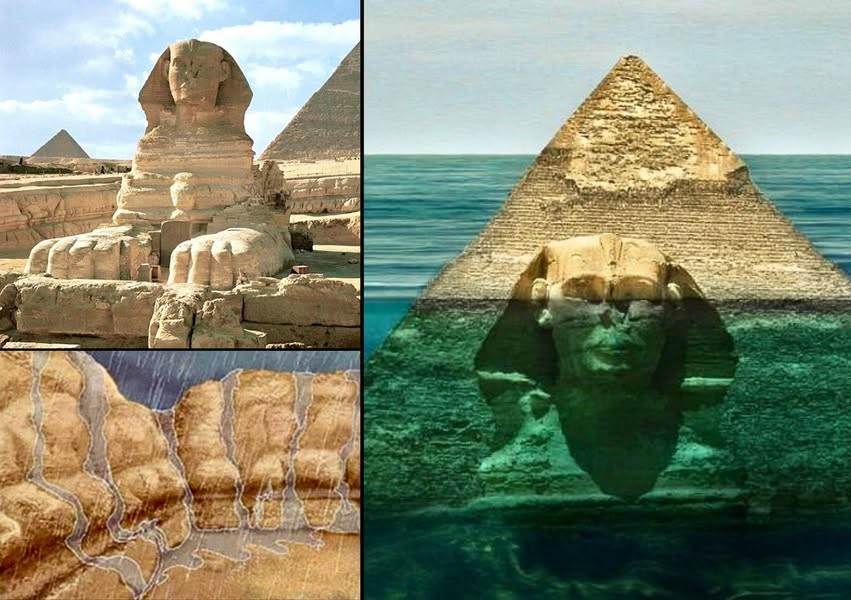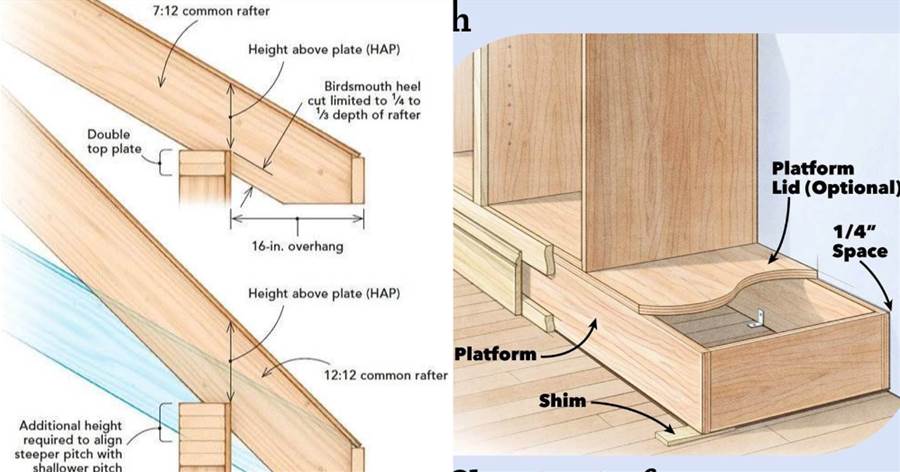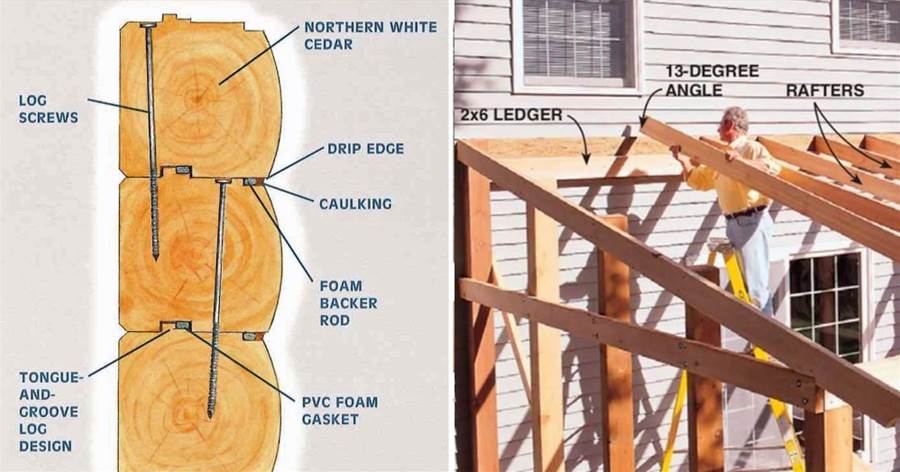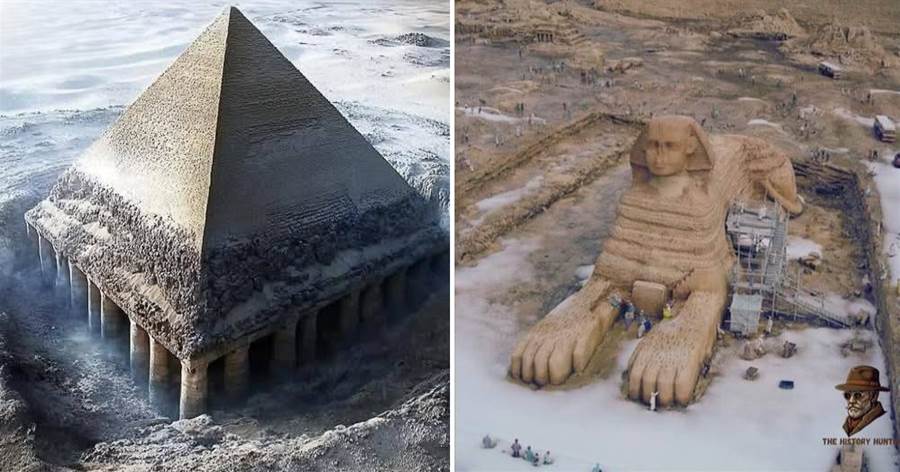

As someone who’s captivated by the mysteries of ancient civilizations, I’m here to uncover the hidden truths of the ancient world. The secrets of ancient Egypt, with its remarkable monuments and enigmatic history, continue to fascinate and challenge our understanding. If you’re as intrigued by the unknown as I am, keep reading, because the discoveries I’m about to share will leave you questioning everything you thought you knew about the ancient world.
1. The Secret World Beneath the Khafre Pyramid
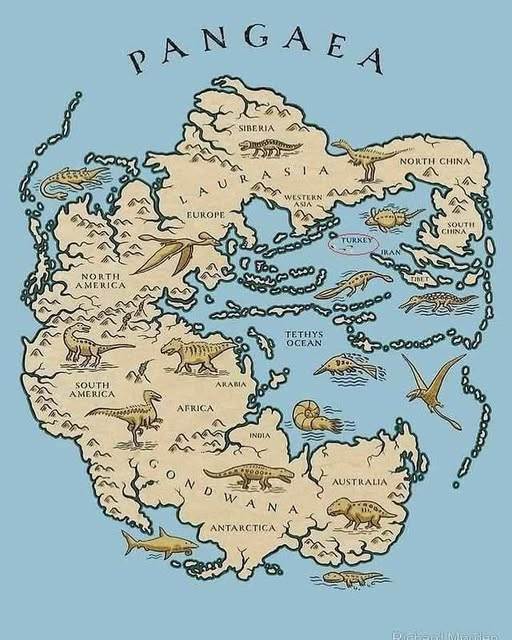
The Khafre Pyramid, long seen as a majestic tomb, might hold more than we ever imagined. Recent radar scans have revealed a hidden underground network beneath the pyramid—five layered structures, eight wells, and massive cube-shaped chambers sprawling kilometers under the Giza Plateau.
These discoveries suggest that the pyramid could be part of a forgotten energy system or a lost civilization, completely flipping the script on what we thought we knew about ancient Egypt. Could this ancient world have been far more advanced than we imagined?
2. The Mysterious Rock and Hidden Chamber of the Sphinx
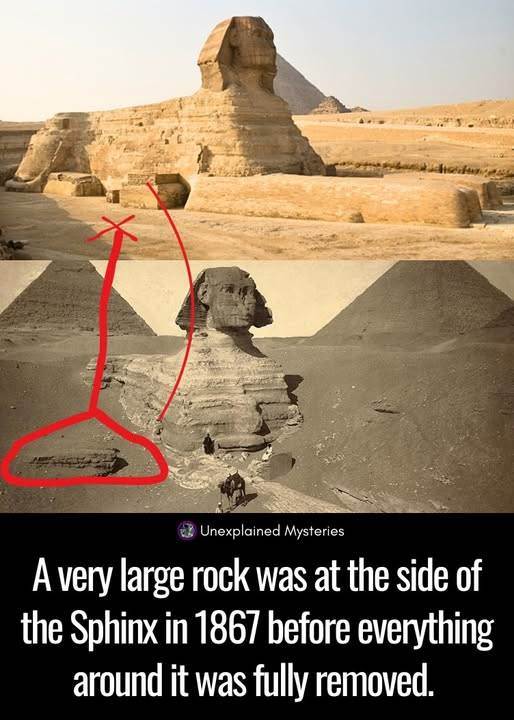
In 1867, a large rock was found beside the Sphinx, sparking theories of a hidden chamber beneath it. As ancient writings surfaced, suggesting that the Sphinx was not just a monument but a guardian of knowledge, the rock may have been placed deliberately to mark a secret entrance. With its lion body symbolizing strength and its human head representing wisdom, the Sphinx might have once been a monument to Anubis, the god of the afterlife, guarding a treasure of lost knowledge.
The erosion patterns suggest that the Sphinx could be far older than previously thought.
3. The Great Pyramid and the Ocean Theory
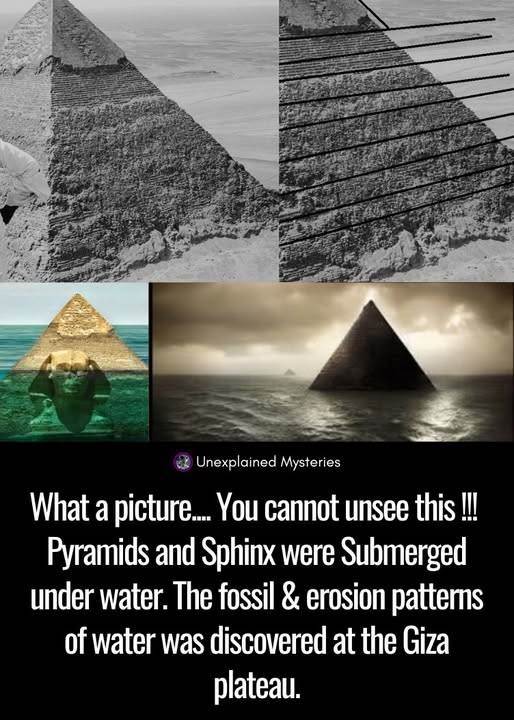
Imagine this: the Great Pyramid submerged under the ocean, long before it stood on dry land. Erosion patterns found on the Giza Plateau support this theory, suggesting that the pyramids and Sphinx were once beneath water.
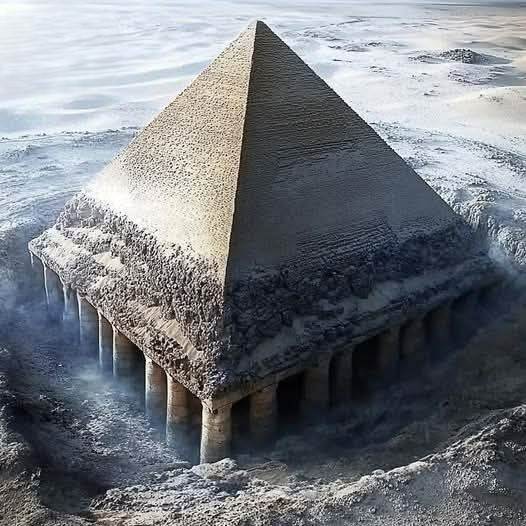
Researchers believe that the Sphinx could be over 12,000 years old, possibly older than the current understanding of Egyptian history. If this theory holds, it implies that the civilization that built these monuments may have inherited them, not created them—possibly part of a civilization that was wiped out long before the Egyptians.
4. The Enigmatic Carving of the Sphinx
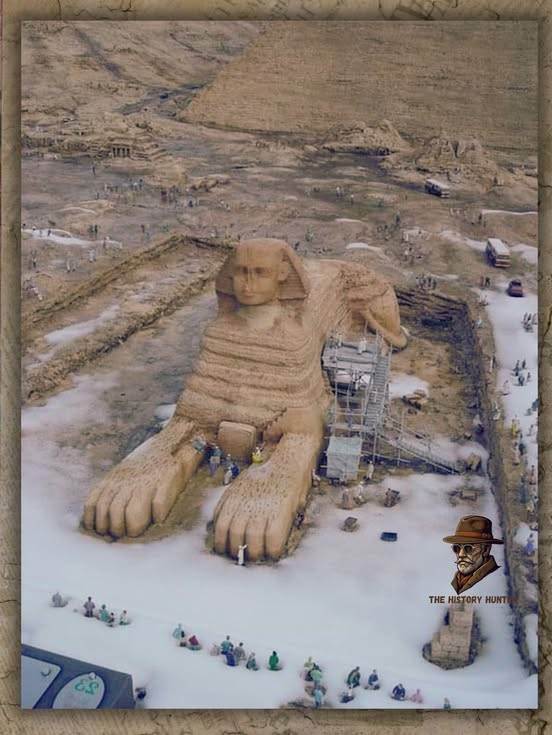
Why did the creators of the Sphinx not consider the surrounding sand in their design? The Sphinx was discovered almost entirely buried in sand in the 1800s, yet it’s clear that its builders knew this might happen. What’s astonishing is that the sand wasn’t always there.
During a time when the Sahara was lush and watery, the Sphinx was carved—meaning that the ancient civilization that built it predates the Egyptians. This raises fascinating questions about a forgotten people who left behind a monumental symbol, now hidden beneath centuries of desert sands.
The Hidden Truths Await
These astonishing findings invite us to rethink everything we know about ancient Egypt and civilizations.
The possibility of advanced knowledge and technologies that were lost to time is both mind-blowing and inspiring. So, what if we’re only scratching the surface of a history far richer and more complex than we ever imagined? The next step is to explore further, delve deeper, and ask more questions. Who knows what incredible secrets lie hidden beneath the sands of Egypt—waiting to be uncovered. Join the journey of discovery
and never stop seeking the truth!
